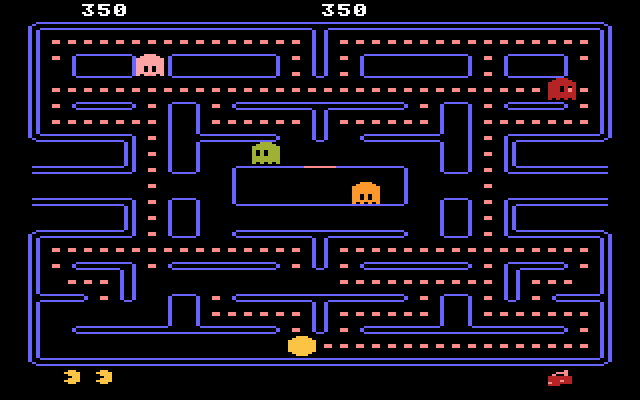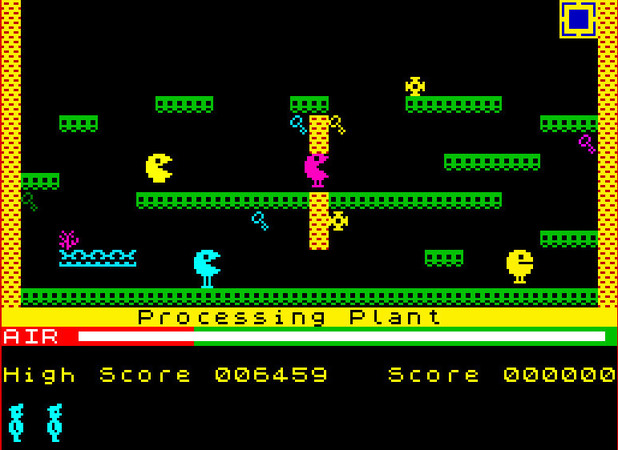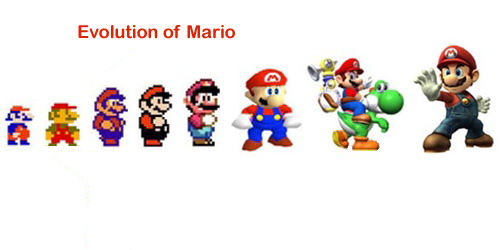What issues face reviewers? Firstly i feel the majority of game reviewers who do their job with passion and professionalism don't have it easy when it comes to reviewing a game,because if they are doing it coherently to the book so to speak, it takes a long time to comprehend and absorb the story line and each and every aspect of a game and analyse its ins ans outs thoroughly enough to make a well founded review of a game. in even then after days of playing a game and conjuring a meaningful review its still only your opinion and there will be people that have contrasting views on the game and will choose to challenge your review. But at the end of the day if your review is fundamentally based on a non biased view of the game then it will cover the general scope of opinions people have for the game.
Games reviews are not like film or music reviews, and not simply because they’re more time consuming. The antiquated review model for those other mediums may still serve them well, but for games it feels hopelessly limiting. Every game requires, in a way, its own investigative report. For example a game that portrays a different planet has to be treated as if it were real life, if you cant convince yourself that your on another planet subsequent to a bad story line or implausible aesthetics then it can't be that good of a game. The whole point of a game is to allow you to escape into an alternate world and once your in their you can start reviewing.
Overall if your a company who's got a game up for review and you know the game you've made is amazing, don't take notice of the reviews. From what i have read games companies are to eager to please the reviewers, just because of the power they posses in giving the game a successful or sour launch. With reviewers working on the fast paced deadline they do I'm sure half of the time they don't even know what their writing and contrary to what they write they still get paid. Also the objective ranking system they have in place to determine a games stature amongst others isn't particularly useful as all it takes it for one reviewer to have a personal dislike for a game and it contaminates its release into the games industry, out of the thousands of people that are potentially going to play the game why do only certain people get to decide whether they want the game to be avoided or popular, what makes them so credible, people will by the game because of the trailer or because their a fan of the last game they made, not because of a Number out of 10.
Personally i feel that new games journalism is a really great and innovative idea, it adds another dimension to games. For a long time video games have been said to have lacked any literary genius, because they are meant to be played of course, but this form of writing reestablishes the literary side of games and enables people to express themselves and their experience of video games further.
Games reviews are not like film or music reviews, and not simply because they’re more time consuming. The antiquated review model for those other mediums may still serve them well, but for games it feels hopelessly limiting. Every game requires, in a way, its own investigative report. For example a game that portrays a different planet has to be treated as if it were real life, if you cant convince yourself that your on another planet subsequent to a bad story line or implausible aesthetics then it can't be that good of a game. The whole point of a game is to allow you to escape into an alternate world and once your in their you can start reviewing.
Overall if your a company who's got a game up for review and you know the game you've made is amazing, don't take notice of the reviews. From what i have read games companies are to eager to please the reviewers, just because of the power they posses in giving the game a successful or sour launch. With reviewers working on the fast paced deadline they do I'm sure half of the time they don't even know what their writing and contrary to what they write they still get paid. Also the objective ranking system they have in place to determine a games stature amongst others isn't particularly useful as all it takes it for one reviewer to have a personal dislike for a game and it contaminates its release into the games industry, out of the thousands of people that are potentially going to play the game why do only certain people get to decide whether they want the game to be avoided or popular, what makes them so credible, people will by the game because of the trailer or because their a fan of the last game they made, not because of a Number out of 10.
Personally i feel that new games journalism is a really great and innovative idea, it adds another dimension to games. For a long time video games have been said to have lacked any literary genius, because they are meant to be played of course, but this form of writing reestablishes the literary side of games and enables people to express themselves and their experience of video games further.
When i get into writing i feel passionate about arguing the points in my mind that seem most rational, i cant write about something that doesnt make sense to me ,espeically when im doing an anaylsys of a game or else ill end up sounding protentious even though its just excitement for how involved in the game i am. In the way that i write a feel i veer more towards subjectifying and onbjectivity portrays things in a negative way. i feel its easier to describe a subject if you dont objectify it.








